To tweet, or not?
Twitter is under a spotlight in the first month of Elon Musk’s ownership, but what does this mean for advertisers?
Under the reign of its new billionaire owner, the once trusted platform is facing a reputation breakdown. Top executives have been fired, drastic company-wide layoffs have been made and previously banned accounts have been reinstated.
As Twitter’s reputation suffers with both consumers and advertisers, it’s fair for businesses to be concerned about their brand safety on a platform that doesn’t seem to prioritise it.
Unfortunately, there is still very limited information out there as to how the layoffs and change in ownership will affect Twitter in the longer term, but here is what we know so far.
Let's start with the good news
As the saying goes, all press is good press and in this instance, the high level of media interest that Twitter has received has resulted in growing DAU (Daily Active User) volumes which means higher potential reach on the platform.
In the midst of a media storm, we’re seeing big players pull their ad spend from the platform. Bad news for Twitter but great news for advertisers who stay on with potential to benefit from the decreased competition. Lower CPMs and decreasing costs of reaching target audiences should be the result, but so far we haven't seen this happening (CPMs have stayed quite flat.)
Kinase campaigns have historically found users coming from Twitter to be one of the most active and engaged amongst paid social channels; audience targeting which is high quality and pinpointed may well deteriorate with the current changes.
Now for the risks
One of the greatest risks is the staff shortage from the large number of layoffs and resignations. As of now, it’s still unclear how each department and function was affected but we believe the following areas should be highlighted:
Bugs and errors affecting advertising efficiency may not be dealt with as quickly when dev resources are reduced. There’s also the concern of poor quality of customer service (or lack of), in the case of any issues.
The greatest concern is content moderation efficiency - and therefore brand safety on the platform. With some controversial accounts now reinstated amidst abuse of blue check marks and verified status, there is a distinctly higher risk of ads being shown around unsafe content on the feed.
Just to note, GARM (Global Alliance for Responsible Media) has raised industry questions which have been acknowledged with a commitment from Elon Musk to maintain Twitter's brand safety commitments.
Elon Musk has stated that hate speech rose on the platform, but has now fallen. Taken at face value, this still shows that the situation is very volatile and due to change from week to week.
Who has paused advertising?
Brands who released official statements about pausing advertising (at least temporarily):
- Audi
- Allianz
- United Airlines
- Oreo-maker Mondelez International
- Pfizer
- Volkswagen
Several global agencies have also recommended a pause in advertising due to the risks to brands, including Omnicom, IPG, GroupM and Havas.
Ad comments
Kinase has been intensely monitoring comments across our Twitter campaigns over the past three weeks, and we haven't seen anything negative. We also haven't seen any negative response on other live ads. However, if you choose to continue, community management and dedicated, stepped-up monitoring of ad comments will be very important to make sure that negativity doesn’t start to surround your brand.
What Kinase recommends
Considering the above, if Twitter is only a small part of your digital strategy, then we feel that the cautious option would be to pause advertising for the time being and monitor the situation closely. The budget spent on the platform could be moved to another platform without negatively affecting performance. Based on more official information coming to light in the future we can reevaluate this and start the activity again.
If Twitter is more central to your channel mix, then increased resources to keep advertising but with manual checks for brand safety, continual effectiveness against your KPIs, and a back up plan in place for alternative places where your spend could move to fill the gap if you do need to pull the plug.
Explainer: Technology Ownership and the GMP
Confused about tech ownership and the Google Marketing Platform? Kinase have put together this explainer to make the choice simple
By Dorottya David, Paid Social Senior Account Manager



